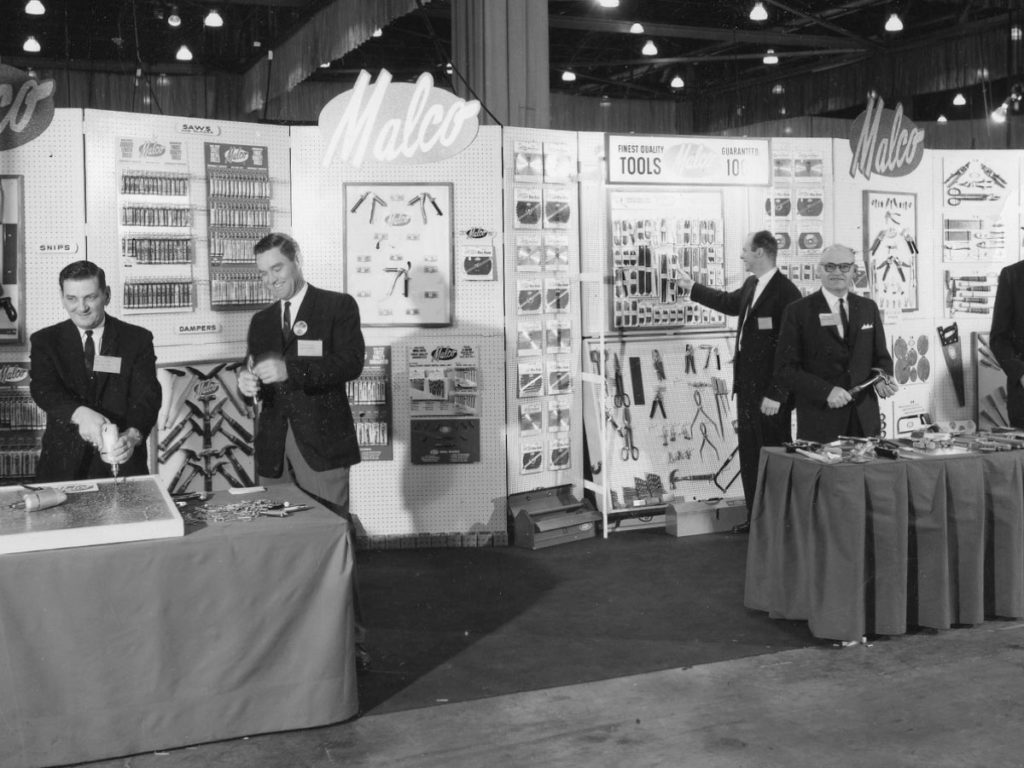Trade shows have long been a cornerstone of business networking and showcasing innovation. Over the years, these events have undergone a remarkable evolution, reflecting changes in technology, communication, and societal norms. In this journey through time, we explore the past, present, and future of trade shows and how they continue to shape the business landscape.
The Past: Birth of a Tradition
Trade shows trace their roots back to the late 19th century when industrialization fueled a surge in innovation. The Crystal Palace Exhibition of 1851 in London is often considered the precursor to modern trade shows. It brought together manufacturers and inventors, providing a platform to showcase their products to a wide audience.
As the 20th century dawned, trade shows became more specialized, focusing on specific industries and sectors. The World’s Columbian Exposition in Chicago in 1893 marked a turning point, setting the stage for future exhibitions with its thematic pavilions and elaborate displays.
The Present: Dynamics of Connectivity
In the present day, trade shows have become synonymous with innovation, collaboration, and networking. Advances in technology have revolutionized the way exhibitors interact with attendees and showcase their products.
One notable change is the shift from traditional paper-based marketing to digital displays and interactive booths. Augmented reality (AR) and virtual reality (VR) have taken center stage, offering immersive experiences that go beyond the confines of physical space. Social media plays a crucial role in pre-event marketing and post-event engagement, creating a continuous conversation around trade shows.
The present also sees a heightened emphasis on sustainability. Exhibitors are increasingly adopting eco-friendly practices, from using recycled materials in displays to implementing energy-efficient lighting. The focus on sustainability not only aligns with global concerns but also enhances a brand’s reputation among environmentally conscious consumers.
The Future: Anticipating Transformation
Looking ahead, the future of trade shows holds exciting possibilities shaped by emerging technologies and evolving consumer expectations.
1. Virtual and Hybrid Experiences
The COVID-19 pandemic accelerated the adoption of virtual events, and this trend is likely to persist. Virtual and hybrid trade show experiences will become more common, offering a global reach and allowing attendees to participate from the comfort of their homes. This shift brings new opportunities for inclusivity and accessibility.
2. AI and Personalization
Artificial intelligence (AI) will play a pivotal role in personalizing the trade show experience. From chatbots that assist attendees in real-time to data analytics that tailor exhibitor interactions based on individual preferences, AI will enhance engagement and deliver more meaningful connections.
3. Integration of Blockchain
Blockchain technology is poised to transform the way trade show data is managed. From secure ticketing to transparent lead tracking, blockchain can provide a decentralized and tamper-proof system, fostering trust and accountability in the trade show ecosystem.
4. Immersive Technologies Redefined
As technology continues to advance, the definition of immersive experiences will expand. Holographic displays, 3D projections, and other cutting-edge technologies will create unforgettable moments for attendees, making trade shows not just events but journeys into the future.
In conclusion
The evolution of trade shows reflects the dynamic nature of business and technology. From humble beginnings to the forefront of innovation, trade shows have continually adapted to meet the changing needs of exhibitors and attendees alike. As we step into the future, the transformative potential of technology promises to redefine the trade show experience, ensuring its continued relevance in the ever-evolving landscape of business and commerce.


